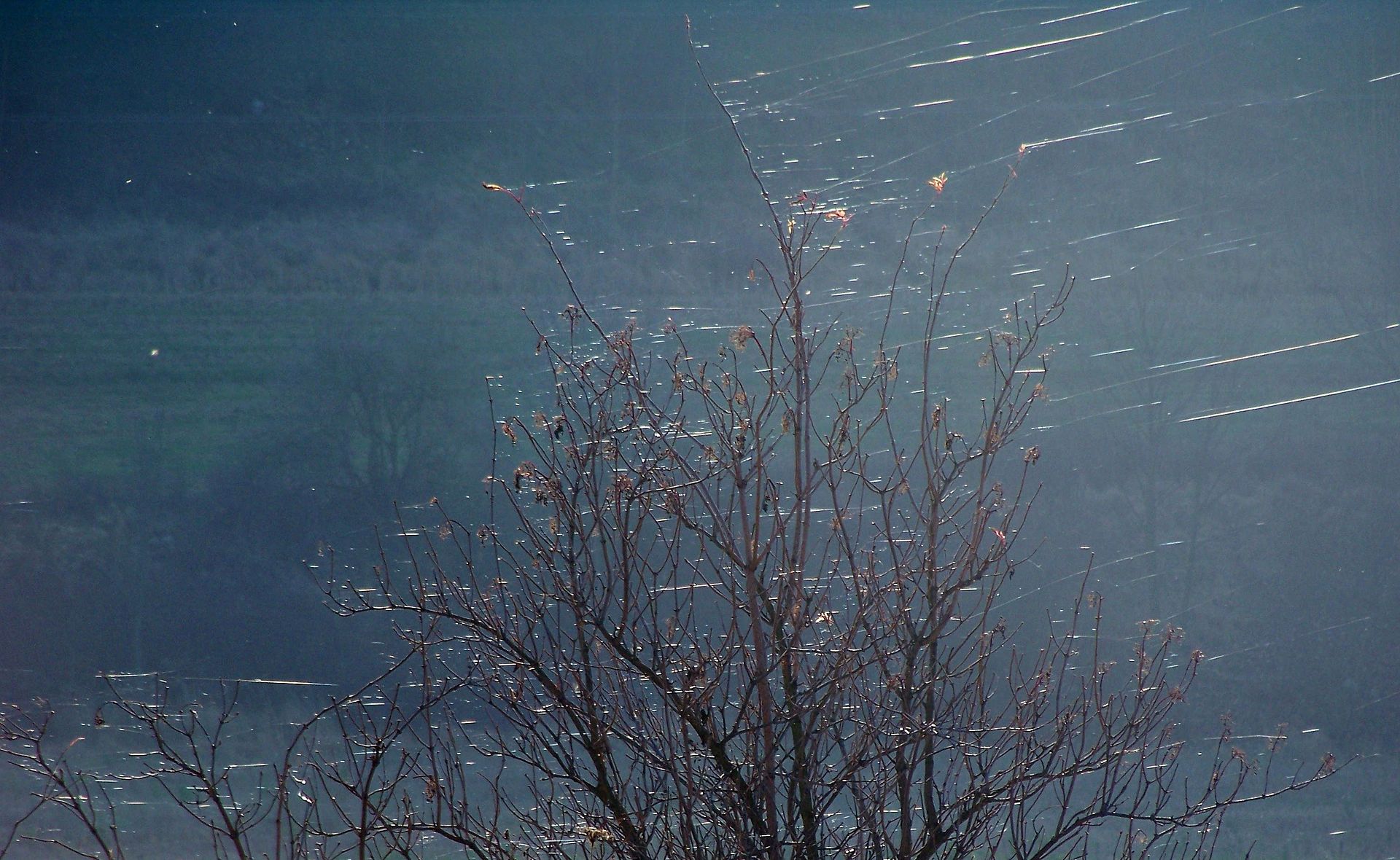As the epidemic numbers worsen, there’s at least one bright spot on the horizon: the summer-like weather set to characterize the coming weeks in the Czech Republic, allowing open-air events to take place as well as the soaking up of essential vitamin D before cold weather sets in.
The Czech Hydrometeorological Insitute is reporting that a stretch of pleasant weather headed to the Czech lands, brought on by warm air from the south, has all the makings of a babí léto (which translates to “granny’s summer”).
From Monday temperatures are expected to climb to 30°C with a gradual cool-down toward the end of the week. Clears skies, minimal rainfall, and cooler nights are in the monthly forecast for the Czech Republic but the CHMI says fluctuations are to be expected.
“With the continuing autumn, average temperatures will gradually decrease, but even so, they should mostly remain above the limit of long-term temperature norms or move at the interface of normal and above-average values,” say meteorologists.

The long-term average temperature in the Czech Republic during the period from 14 September to 11 October is 11.4 degrees Celsius.
Warm weather is caused by extensive pressure levels, over Central and Southeastern Europe. It typically occurs from September 21 to October 2 and in the Czech Republic is sometimes called St. Wenceslas summer for the patron saint of the Czech state who was martyred on September 28.
But the primary term used by Czech meteorologists for this period of abnormally warm weather is babí léto, which translates to “old woman’s summer”. In North America, a similar weather singularity known as “Indian Summer” (calls for a more respectful term has long been discussed) takes place toward the end of autumn, not the end of summer as it does in Central Europe.

The name is likely derived from a phenomenon that has been observed during this period of late summer/early autumn heat, in which the free-floating cobwebs of tiny spiders, reminiscent of the long gray strands of an old woman’s hair, are visible on trees and in fields.
In other countries where this phenomenon occurs the word “gossamer” is as at the root of the word for late autumn warmth due to the silky appearance of these webs.
Another natural occurrence that could hint at the origins of granny’s summer is the seasonal visibility of the open star clusters in the constellation Taurus.
Additional Czech weather singularities include Medard’s Hood a season of consecutive rainy historically taking place the first week of June and brought on by a sudden drop in air pressure and Christmas frost, a humid spell between Christmas and New Year’s.












 Reading time: 2 minutes
Reading time: 2 minutes 

























